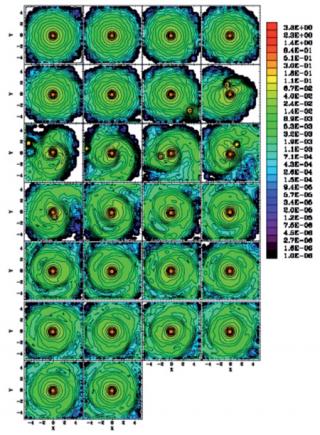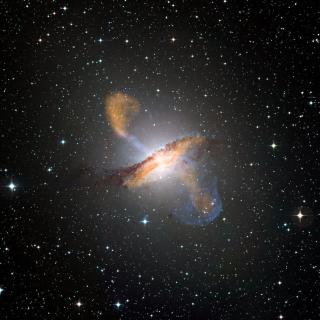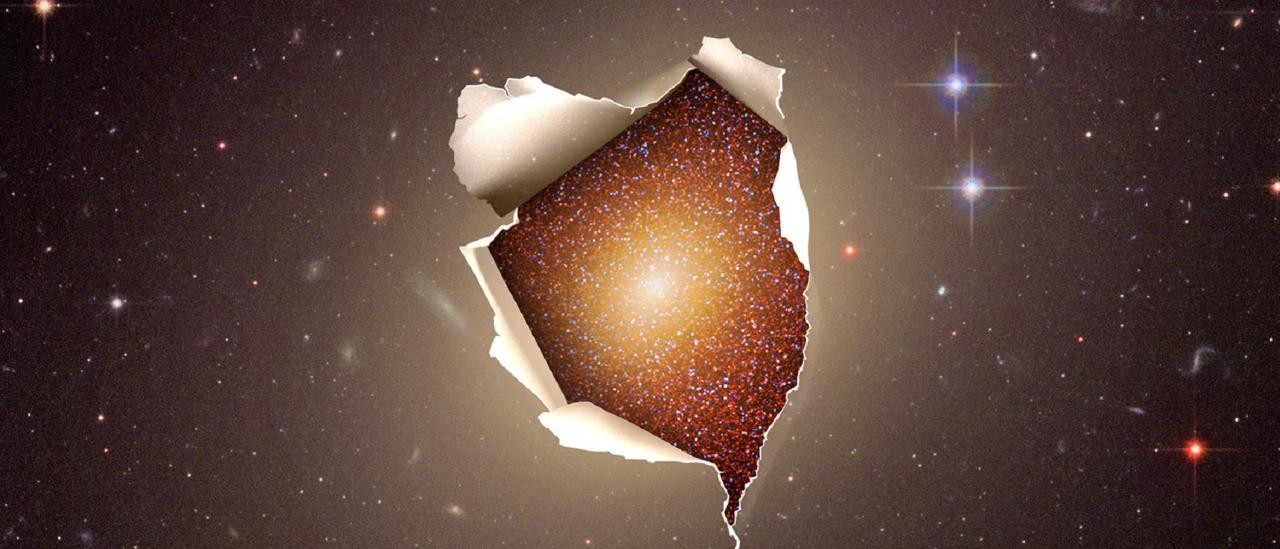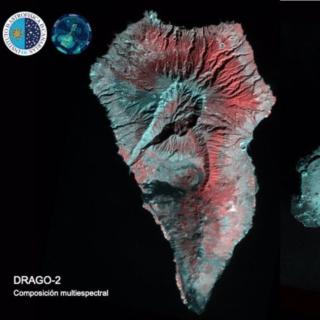Researchers from the Instituto de Astrofísica de Canarias (IAC) and the Istituto Nazionale di Astrofisica (INAF, Italy) have shown that massive early-type galaxies keep on forming stars, even though at a very slow rate. The results of this work, whose first author is the doctoral student at the IAC/ULL Núria Salvador-Rusiñol, are published today in the journal Nature Astronomy.
Elliptical and lenticular galaxies (collectively called Early-Type galaxies) are the oldest galaxies in the Universe. They are also the most massive galaxies in the Universe, reaching up to 100 times the mass of the Milky Way. These galaxies were built up rapidly (in less than thousand million years) at high redshift and, therefore, their stars are generally ancient and cool, meaning that they mainly shine in the optical and infrared spectral ranges. However, any hot young stars that might be present are difficult to detect in these spectral ranges. Fortunately, the ultraviolet (UV) is extremely sensitive to young stars and can be used to detect tiny fractions of such stars, even fractions of less than 1%.
The study, based on 30,000 early-type galaxy spectra from the Sloan Digital Sky Survey BOSS has analyzed the UV spectral range to detect the young stellar component of these galaxies. Since the signal in the UV was very low for individual galaxy spectra, the spectra were added together according their stellar mass, allowing for the simultaneous analysis of UV and optical spectral absorption lines for the first time. More massive galaxies were formed faster and earlier and, therefore, their stars are older than those from less massive galaxies. The researchers discovered that early-type galaxies are forming new stars at a very low rate, finding a small (0.5%) fraction of the stellar mass of these galaxies formed in the last 2 thousand million years. This fraction increases slightly for less massive galaxies, a result that is consistent with the picture where less massive galaxies were formed over longer periods of time, and their stars are on average younger than those in more massive galaxies.
We still don’t know what are the main mechanisms responsible for halting star formation in early-type galaxies at high redshift. Massive black holes, in the form of active galactic nuclei (AGN) are the main candidates. Located in the central regions of massive galaxies, AGN can in principle prevent gas from cooling and forming new stars.
According to Núria Salvador-Rusiñol, PhD student at the IAC and lead author of the study, “This detection opens new frontiers in the evolution of massive galaxies. The fact that the oldest galaxies in the Universe are still forming new stars implies that mechanisms to stop star formation are not completely efficient.” She also adds, “We need to understand where the gas needed to form these new stars comes from, since this is fundamental for tracing the evolution of galaxies in the Universe. This gas can come from internal mechanisms, mainly due to stellar evolution, or from processes such as mergers with other galaxies or from the intergalactic medium”.
“This is the first time that this small fraction of young stars has been detected with such precision in galaxies thought to be evolving passively”, says Mike Beasley, IAC researcher and co-author of the study. “Without stellar population models that cover the UV spectral range, such as the E-MILES model used in this work and developed at the IAC, this work could not have been performed”, adds Alexandre Vazdekis, a researcher at the IAC and co-author of this publication.
According to Francesco La Barbera, a researcher from INAF and co-author of the paper, "This result clearly shows that the formation and evolution of massive galaxies is still an open question in observational cosmology, and we need to advance our understanding of their stellar population content."
These results have been compared with the predictions from the state-of-the-art EAGLE cosmological simulations. The comparison shows that massive galaxies from the EAGLE simulations, in general, are found to have too many stars of intermediate ages, compared with the observations analysed in this work. Massive galaxies having the same proportion of young stars are located in the central regions of galaxy clusters, where the mechanisms to stop star formation are more efficient. “The intracluster gas, the hot gas that permeates the cluster, acts like a continuous wind on the galaxies that orbit in the cluster, stripping away the gas from them and thus efficiently stopping the formation of new stars. The intracluster gas is denser in the central region of the cluster, and the denser the intracluster gas, the more efficient the process of stopping star formation”, says Andrea Negri, a researcher at the IAC and co-author of this publication.
The results of this work provide key inputs to theorists who aim to build better models of galaxy formation and evolution.
Article:
Salvador-Rusiñol et al. “Sub one percent mass fractions of young stars in red massive galaxies”, Nature Astronomy, December 2019. DOI:
https://www.nature.com/articles/s41550-019-0955-0
Contacto:
Núria Salvador-Rusiñol: nsalva [at] iac.es (nsalva[at]iac[dot]es)






